
Ever wonder why online stores seem to know what you're looking for before you even finish typing? That's the magic of search autocomplete, a feature that acts like a friendly shopping assistant. It suggests what you might be looking for based on the first few letters you type, saving you time and improving your shopping experience. Today, 96% of major eCommerce websites provide search autocomplete to meet customers expectations. Are you still sitting on the fence or want to know more about this exclusive feature that has set ecommerce stores ablaze? Let's find out everything about ecommerce search autocomplete, why you need it in your store, and how to use it perfectly.
What is E-commerce Search Autocomplete?
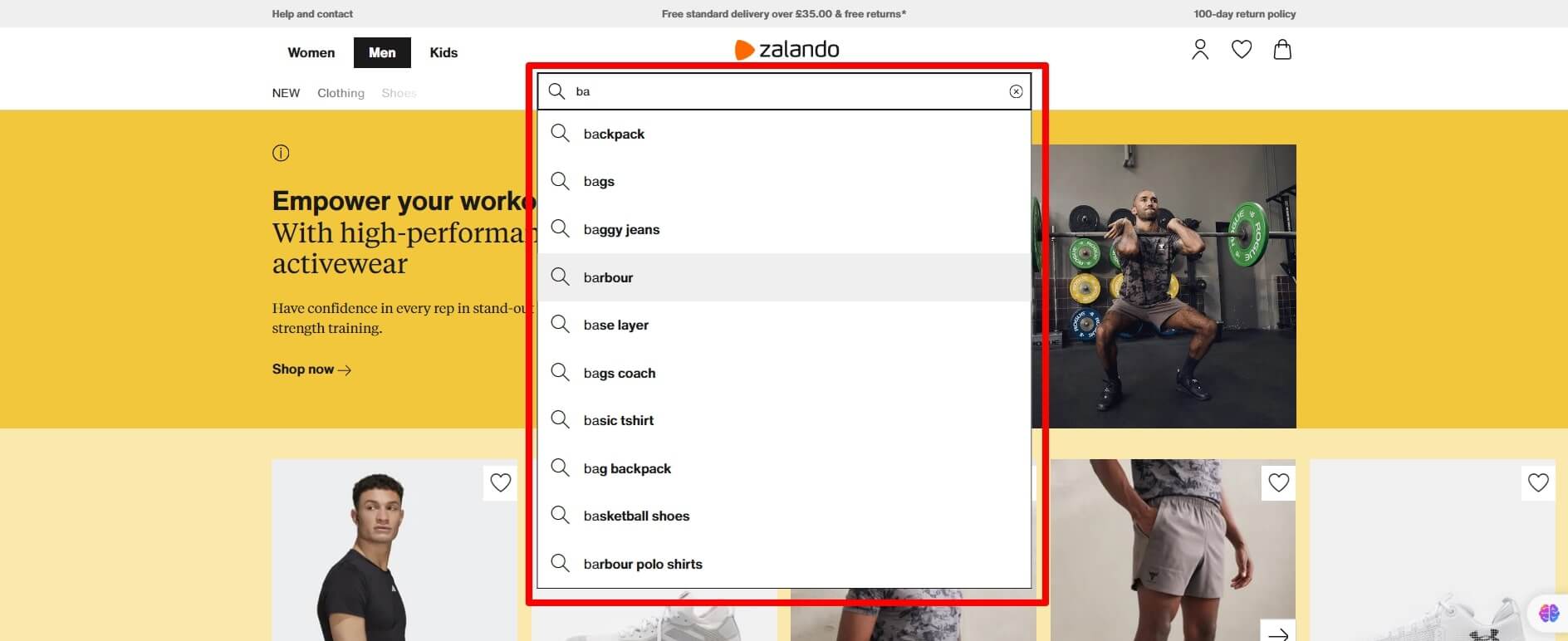
Search autocomplete, also known as predictive search, type-ahead, search-as-you-type, or auto-suggest, is a tool you might have noticed while using Google. When you start typing in the search bar, the search engine suggests possible search queries. While shopping online, this feature helps you find what you're looking for faster by predicting and completing your search terms.
For instance, typing "dr" on Amazon will bring up "dry erase markers," "dresses for women," and "dresser." Also, autocomplete can suggest different categories. For example, typing "women’s shoes" might show categories like "sneakers," "running shoes," "walking shoes," and "flats."
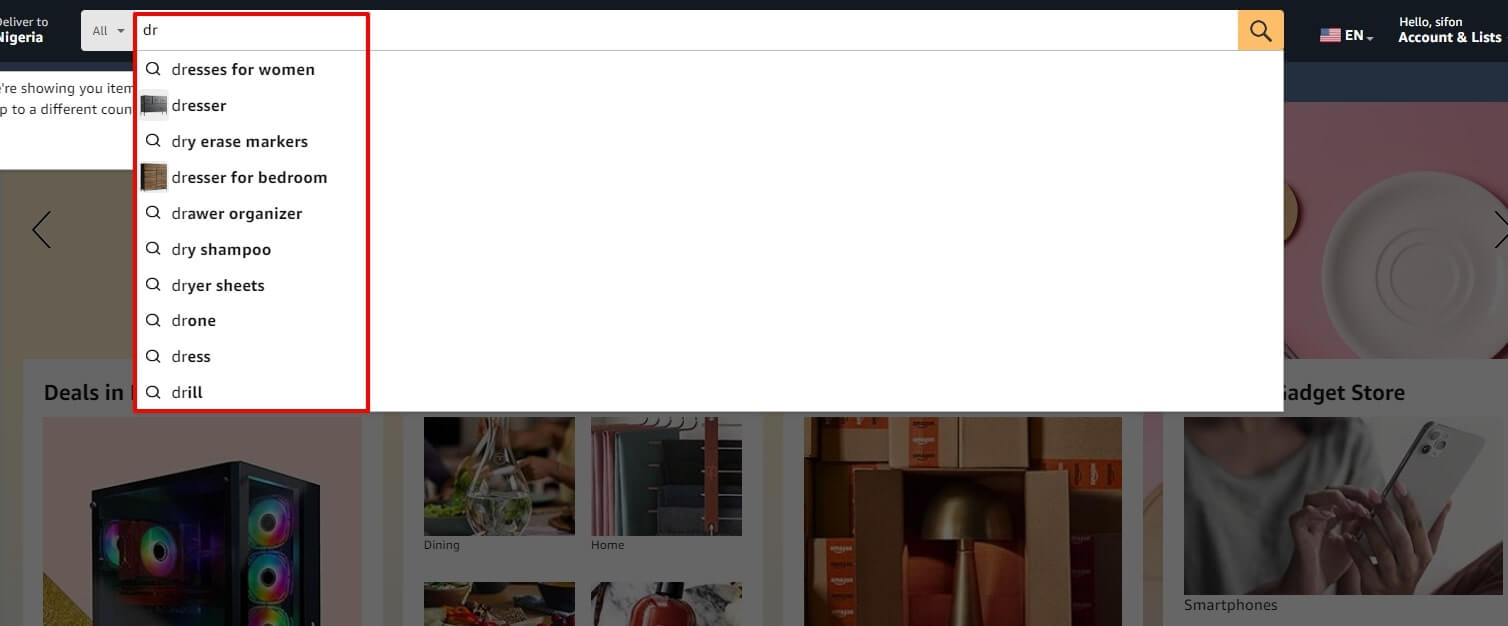
Smart ecommerce store owners can add specific suggestions based on their products. The recommendations change with each new letter typed. If you type a word that doesn't exist, you won't see any autocomplete suggestions.
Autocomplete Vs Predictive Search
Autocomplete is a feature that suggests possible completions for a query as the user types in a search bar. As you start typing, autocomplete provides a dropdown list of possible search terms based on the initial characters entered. These suggestions are based on popular or frequently searched terms. For example, if a user types "sma," autocomplete might suggest "smartphone," "smartwatch," or "smart TV." This not only speeds up the search process but also reduces spelling errors and helps users find exactly what they're looking for without typing the full query.
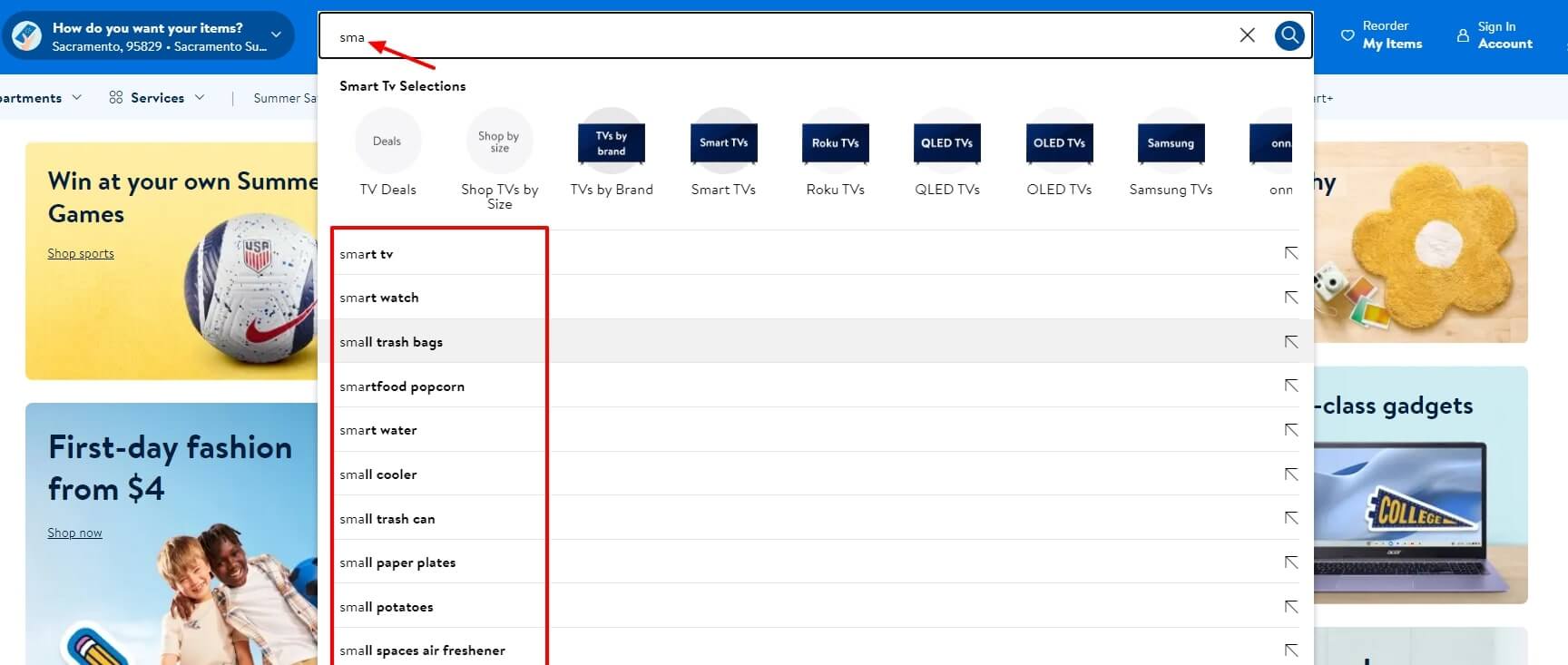
On the other hand, Predictive Search goes beyond simple autocomplete by not only suggesting completions but also predicting the user's intent and providing highly relevant results as they type. This type of search uses algorithms and data analysis, such as your behavior, purchase history, and context, to deliver results that match your needs. It includes personalized suggestions, product recommendations, and dynamic filtering options. For example, suppose you type "wristwatches" in an online store's search bar. In that case, it will suggest "wristwatches" with specific brands or models you've viewed before, show related accessories, offer discounts on items you might like, and provide quick links to popular categories.
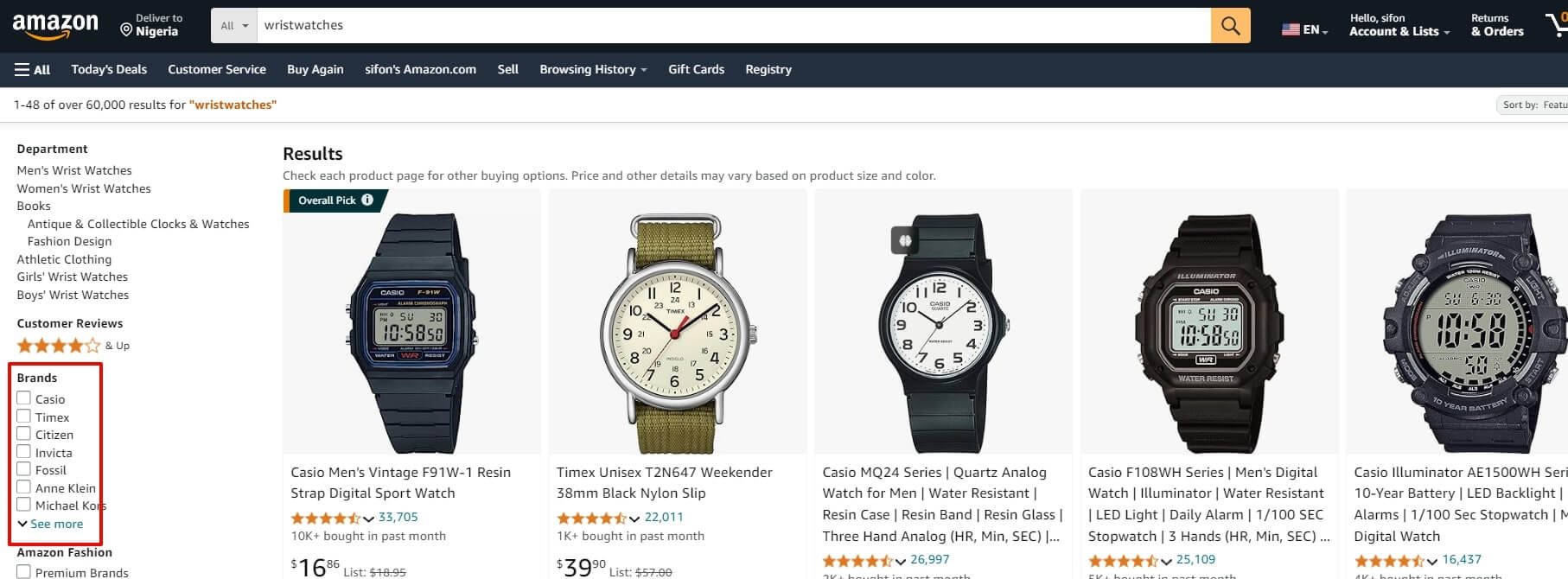
Use Cases
- Autocomplete: Useful for speeding up search input, especially in large databases or common searches.
- Predictive Search: Ideal for e-commerce, complex search environments, and applications where understanding user intent significantly enhances the search experience.
How Does Search Autocomplete Work?
You may be wondering how Search autocomplete can suggest possible completions as you type. Here's a simple breakdown of how it works:
- Data Collection
Data collection is the first step in search autocomplete. The system gathers data from previous searches, popular queries, and frequently used terms. This data provides relevant and useful suggestions, making your search faster. - Query Matching
Once the data is collected, the next step is query matching. When you start typing a query, the system quickly compares your input with the stored data to find similar or relevant terms. For example, If you type "rin," it might match with "rings," gold rings," and "men's ring."

- Ranking
The criteria for suggestions are ranked based on factors like popularity, relevance, and past user behavior. The goal is to show the most useful and likely matches at the top. - Display
Ecommerce search autocomplete dropdown should be organized into sections like "Products," "Categories," and "Pages" to help users quickly scan and find the results.
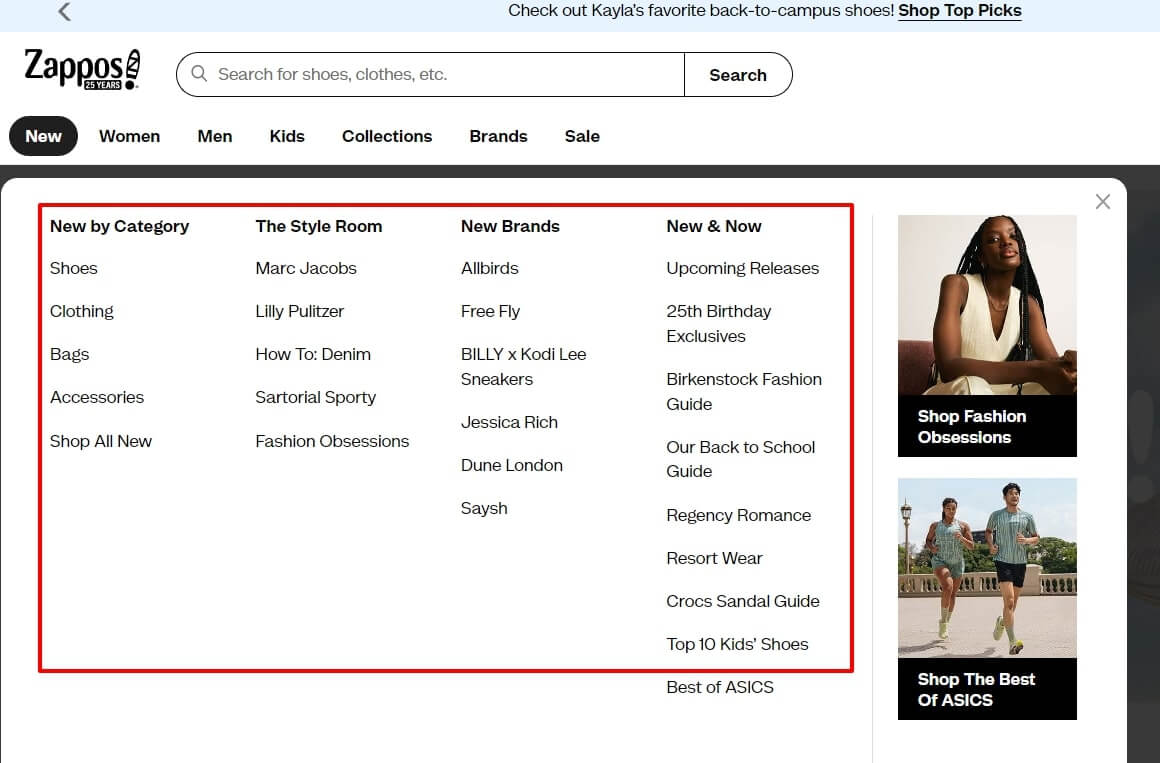
You should include your product image thumbnails in the suggestions, so visitors can easily find it. Also, the suggestions should be clear and not overwhelming, making it simple for your customers to pick one. Here's a flowchart below that explains better:
Why is Having Autocomplete Functionality on Your Website So Important?
The importance of Autocomplete cannot be overstated, let's see how it benefits every online store.
- Enhanced User Experience
Not having autocomplete can be frustrating, especially for users. Typing sometimes can be hard, but autocomplete helps by showing suggestions after typing just a few characters. This improves the user experience and can lead to customer loyalty. No one wants to use a search function on a site that takes too long and is difficult to use.
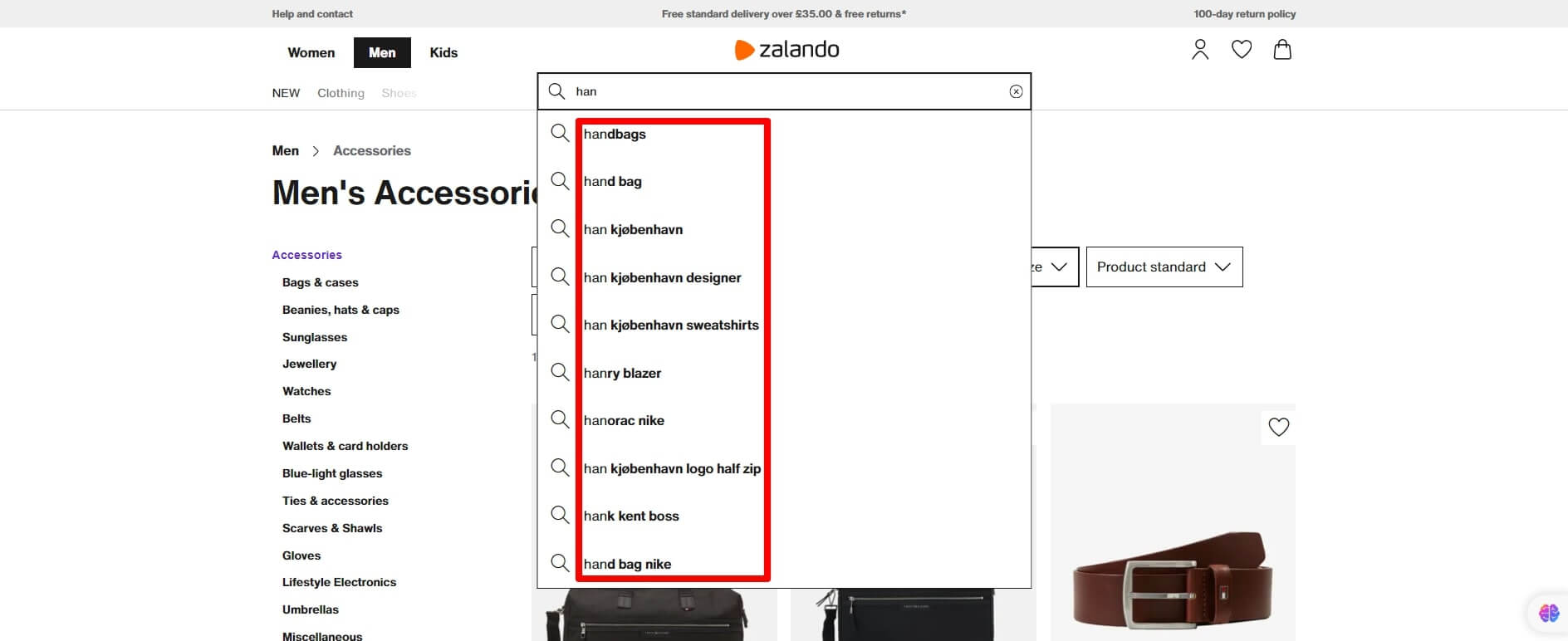
- Increased Conversion Rates
When people find what they need quickly, they're more likely to buy it. Imagine customers looking for an orange dress but autocomplete suggests a beautiful pink one. Suddenly, their shopping list grows! Ecommerce search autocomplete isn't just about speed, it creates those surprise moments that make people buy more.

- Reduced Bounce Rates
Bounce rates, which measure how many users leave your site after viewing only one page, can be reduced with autocomplete functionality. When users receive quick and relevant search results, they are more likely to stay on your site, rather than bouncing away. - Improved Data Insights
Every time a customer uses the autocomplete feature, it generates data. E-commerce platforms can collect this information to see popular searches, spot new trends, and identify gaps in their product range. This data helps businesses make better inventory choices, develop marketing strategies, and understand changing customer preferences.
Benefits of Having Autocomplete Functionality on Your Website
There are several benefits of having an autocomplete feature on your website. Some of them include:
- Speed and Efficiency
No one likes spending time typing long product names or dealing with complicated menus. Search engine autocomplete helps by suggesting what users need as they type, so they can quickly find the right product and get back to their day.
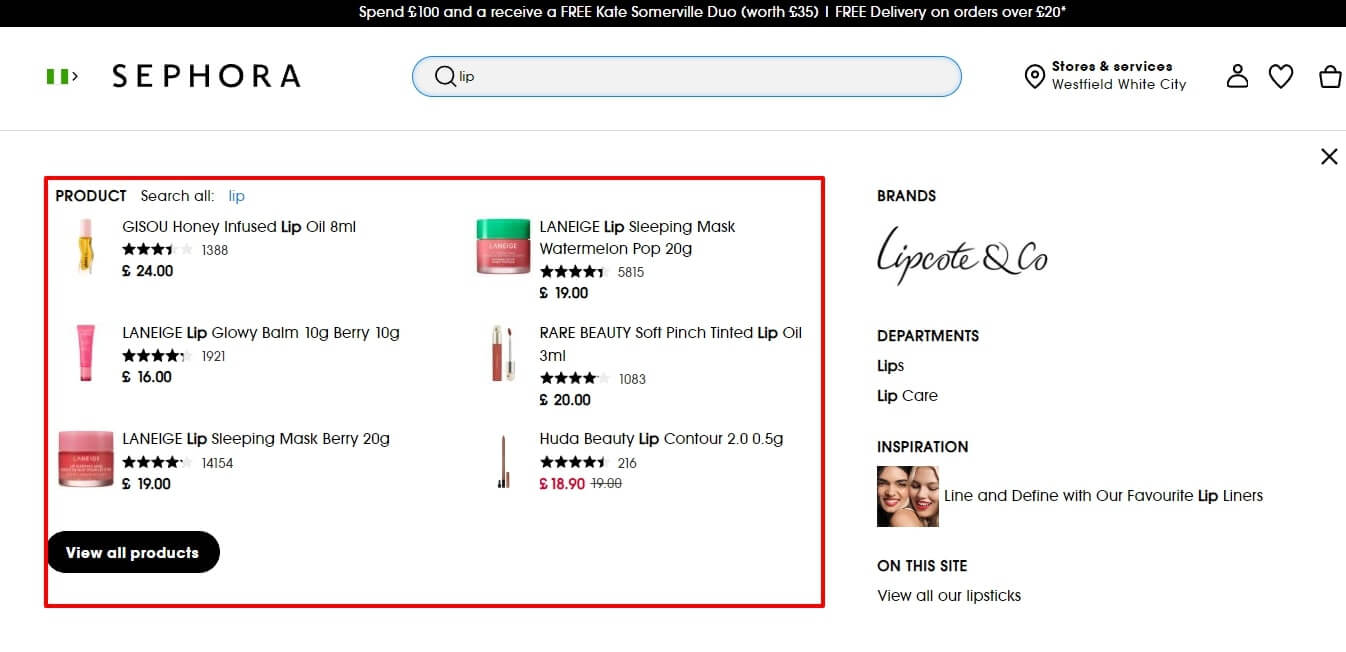
- Error Reduction
Making mistakes while typing is common, and on an eCommerce site, they can result in lost sales. Autocomplete helps by suggesting the correct spelling as users type, preventing mistakes and reducing frustration.

- Enhanced Discoverability
Search engine autocomplete can help users find new products they might not have known about. By suggesting long-tail keywords and popular searches, you can show them a broader range of your products.
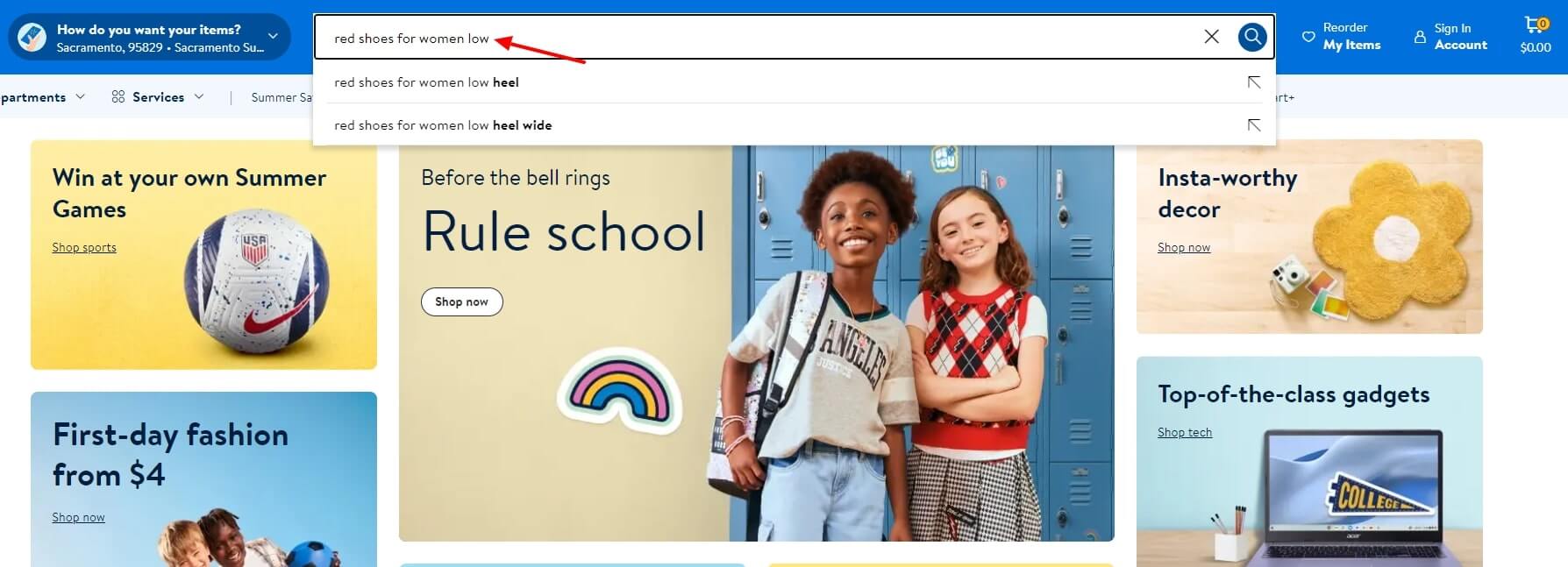
- Personalization
Just like people would love you to remember them by their names, customers also appreciate when you can remember what they would like individually. Based on individual user behavior, autocomplete offers personalized suggestions that make the search experience more relevant.
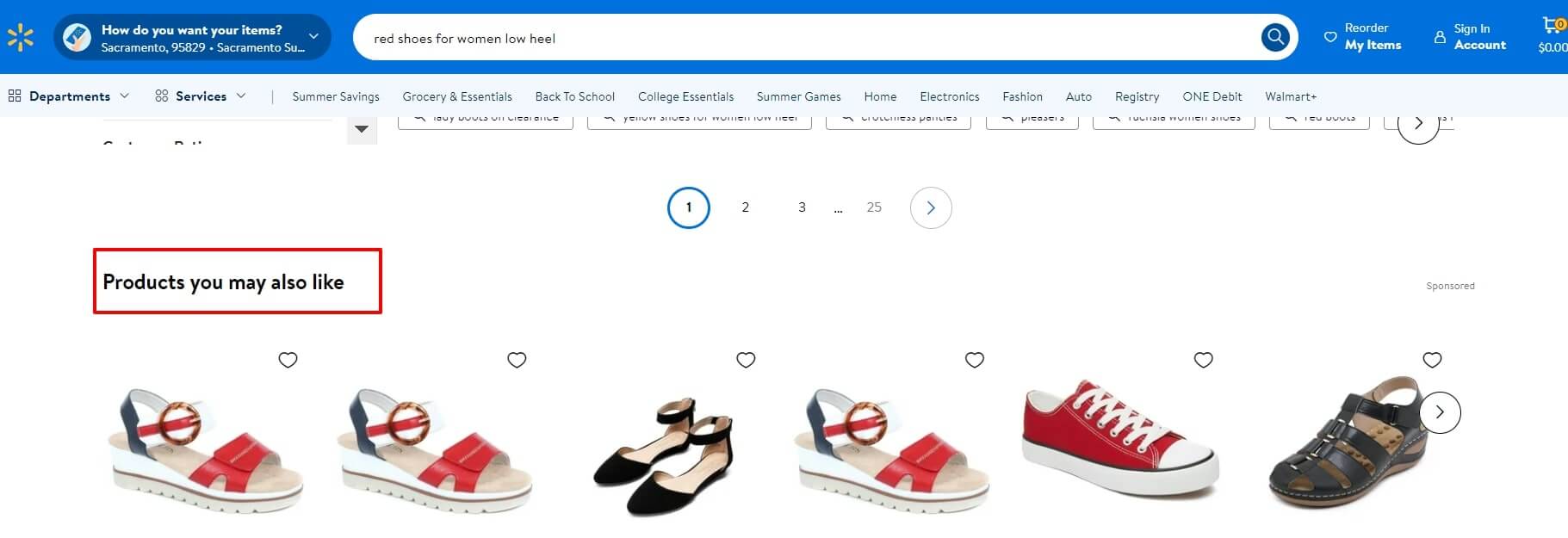
- SEO Benefits
Long-tail keywords are more effective than short ones, and this applies to on-site searches as well. The more specific keywords users add, the higher their chances of buying a product. A good autocomplete feature can suggest relevant searches based on current keywords, helping buyers find the exact product they’re looking for, and positively influence your site’s search ranking
Best Practices for Autocomplete Functionality
Now that you know how important and beneficial autocomplete is for your business, these practices below will help sustain its functionality on your website. They include:
- Relevance
Wrong or irrelevant suggestions will only chase away customers. No one wants to see "purple polka-dot socks" when they search for "printer ink.” Make sure the suggestions closely match what users are typing. This helps them find what they need quickly. - Speed
No one has the whole day to spend on a non-responsive and slow search bar. Ecommerce search autocomplete should work quickly, letting users search as they type. If it’s slow, it shows poor performance. The goal of autocomplete is to speed up the search process, not just to follow the latest design trends. - Clarity
Keeping the suggestions easy to read and understand is another important practice. Avoid using abbreviations or complex terms. Aim for clarity so that anyone, including those who aren’t tech-savvy, can easily find what they’re looking for on your site. - Contextual Suggestions
Sometimes, an extra help goes a long way. You can consider suggesting things related to the time of day or recent trends. For example, if someone searches for "dress" in the evening, maybe show "cocktail dresses" instead of "sundresses.”

- Fallback Options
It is frustrating to leave your customers hanging. If there aren't any perfect matches, that's okay! Offer some general suggestions or a friendly message like "Looking for something specific? Try searching for…”
Top 3 Autocomplete Search UI Examples
Amazon

Source
Amazon's autocomplete search feature is one of the most advanced in e-commerce. As you type in the search bar, it provides a dropdown list of suggestions that include product images, categories, and popular searches. This visual approach helps users quickly identify relevant products, reducing the time and effort needed to find what they are looking for. Amazon's autocomplete also considers your past searches and browsing history to tailor the suggestions specifically to your preferences.
eBay

Source
eBay’s autocomplete functionality is another strong example of effective search design. As users type in their queries, eBay displays a list of product matches and related categories. This feature helps users see what products are available and explore related items without having to refine their search further.
Etsy
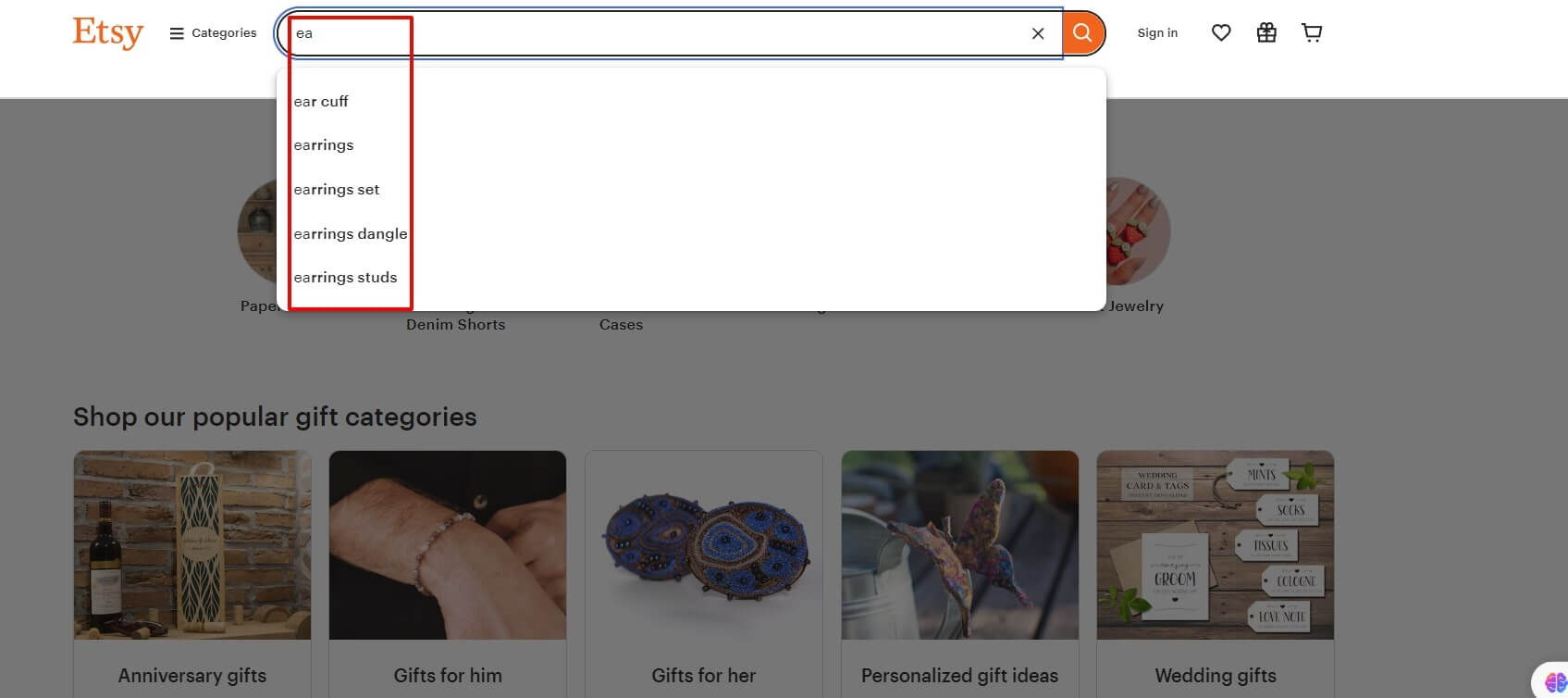
Source
Etsy’s autocomplete helps users find unique products more easily. As users type, Etsy suggests items based on their past searches and browsing. This helps users find what they’re looking for and discover new products they might like. Etsy also shows relevant categories and shop names, which helps find items from many small, independent sellers.
Conclusion
There isn’t one perfect way to use autocomplete to boost sales on an ecommerce site. The key is to understand your customers’ specific needs and what they’re looking for. By suggesting popular items and reminding customers of forgotten needs, autocomplete can boost sales and improve customer satisfaction. It's a simple yet powerful tool that can make a big difference for your online store. So, if you haven't already, consider implementing ecommerce search autocomplete, you can book a demo, and let's show you how it's done.
FAQs
How do I turn on autocomplete in Google Search?
To enable autocomplete in Google Search, make sure you're signed in to your Google account. Go to "Google Search Settings" and ensure "Autocomplete with trending searches" is enabled under the "Autocomplete" section.
How do I turn off autocomplete search?
To disable autocomplete in Google Search, go to "Google Search Settings" and turn off "Autocomplete with trending searches." This can also be done by managing your browser settings. For example, in Chrome, you can go to "Settings," then "Sync and Google services," and disable "Autocomplete searches and URLs"
How to make a predictive search?
Creating a predictive search involves integrating machine learning algorithms that analyze user behavior and past search data to offer relevant suggestions. This requires a data collection framework, a real-time processing system, and a user-friendly interface to display suggestions as users type.
How do I enable autocomplete for search boxes in Shopify?
To enable autocomplete in Shopify, you can use apps like "Sparq Search" from the Shopify App Store. These apps provide enhanced search capabilities, including autocomplete and predictive search features, which can be customized to fit your store's needs.
What are the benefits of autocomplete search?
Autocomplete search offers several advantages. First, it speeds up the search process by suggesting popular or relevant terms as you type, saving you time. Second, it helps you find information more easily by providing suggestions based on common searches or previous queries. This can be useful if you’re unsure of the exact spelling or wording.
What is the search function in eCommerce?
In eCommerce, the search function allows users to find products quickly by entering keywords into a search bar. Advanced search functions often include autocomplete and predictive search features, which help users by suggesting products, categories, or related queries as they type, enhancing the shopping experience and increasing the likelihood of conversions.
